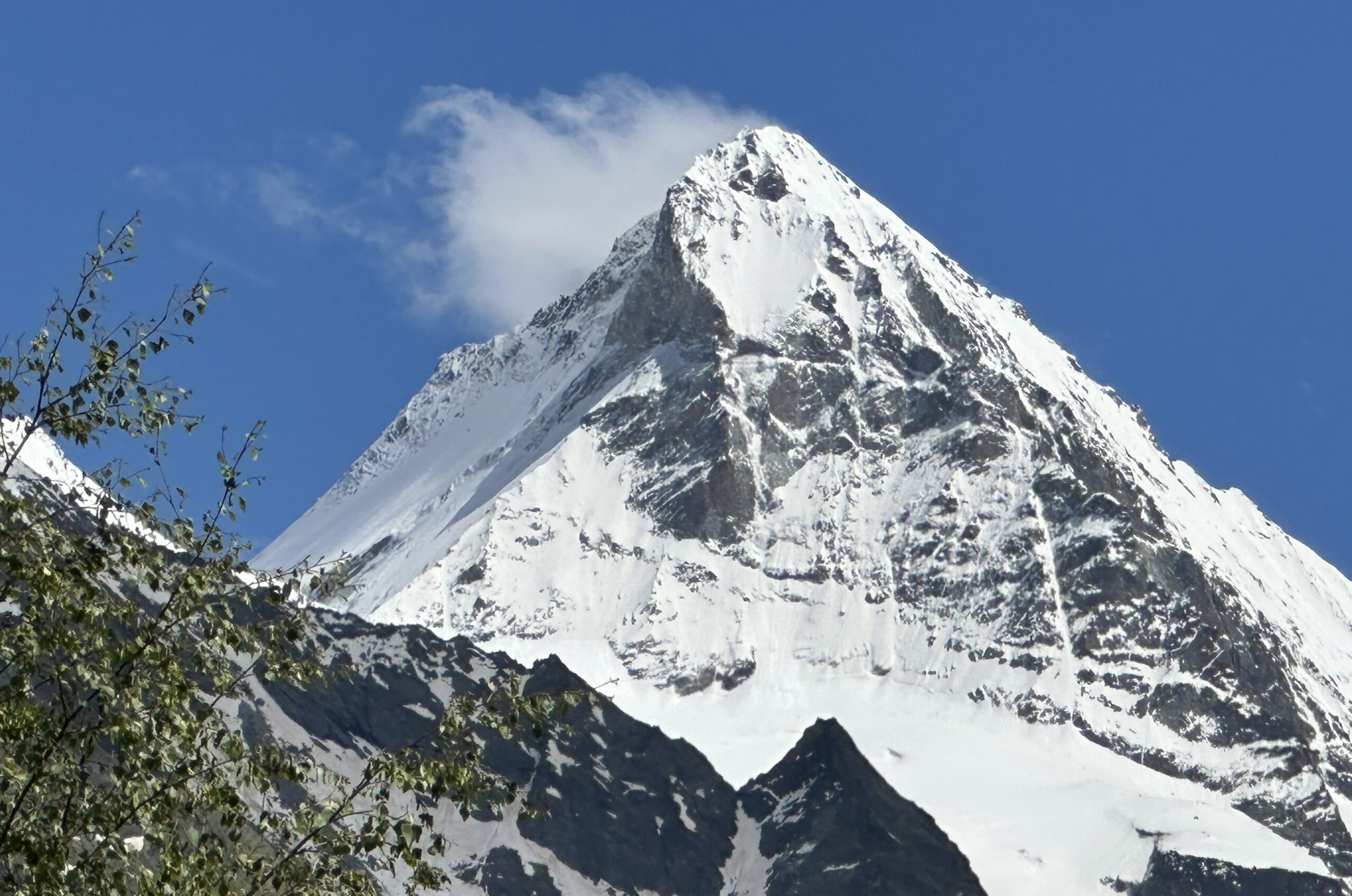
21 Jun How to find the best hiking trails in the Alps
Our annual mission to discover the best hiking trails in the Alps for this season has begun. It is normal for us at this time of year to get out and see where the best hiking trails are at the start of summer. So much changes in the mountains each season. We are currently figuring out what works and what does not and, boy, a lot has changed this season.
We had a lot of late snow this winter and torrential rains took over the beginning of this hiking season. How has this affected our best hiking trails in the Alps, you ask? Read below for the scoop.
Here is what happens
Living at altitude year-round gives us a pretty good idea of where the snow line is. This can vary from valley to valley but living here and hiking this area every week gives us a good view of the situation. Keeping the snow level in mind is important when planning your route. You need to see how high your hike will take you. To stay safe in the current conditions we know that we need to stay below 2500 meters.
Can’t we just hike through the snow?
Yes, in some instances we can hike through the snow. That’s if the snow is not on or over a very steep slope. If there is a large drop-off beneath you and your route is covered with thick snow then a decision needs to be made. Are your shoes up to the task? Hiking across a snow bank will require a good sole and perhaps a hiker cut boot that protects your ankles. Are you hiking with poles? Hiking poles can help keep you stable when climbing across snow. Can you dig out a trail to securely place your feet on a flat surface as you cross? If you can do all of these things then yes, you can most likely hike across the snow in safety. However, the best hiking trail will be one where you do not have to attempt this. The other thing to look out for is the snow above you. Beware of snow fall from above. You want to avoid snow fall or an avalanche crossing your hiking route.
The best Alpine hiking trails are dry or mostly dry
A wet winter can mean soggy trails when we start the hiking season, and that was the case this weekend. Many of our favourite old trails had rivers running through them. This is something to keep an eye on and it can change quickly. After a few very hot days those trails can become less muddy and less difficult to navigate, even if they do not dry up completely. At the beginning of the season we recommend hiking in high-topped hiking boots that cover your ankles and give you more protection and support.
The state of the trails
At the end of a very snowy winter followed by a rainy spring, the heating and cooling of the rocks can cause them to break open. This often causes rock fall onto the paths. We have noticed a few already. This is not a worry, but it helps to be aware that you might need to pick your way through some rock fall. We noticed some of this on the weekend as we were checking out the trail. We came across large rock falls, but it was possible to climb through these areas. During the summer the paths are cleaned up and constantly repaired so rocks on the trails do not stay for too long.
The best kit for early-season hiking
As summer approaches it can feel like a hot summers day in the middle of the day. However, as soon as the sun goes down and the wind comes in it can drop by 10 -15 degrees easily. So always have that cozy compactable down jacket and a light beanie in your day pack. There is nothing better than being cozy and warm after a good hike, especially at the beginning of the season. Generally when we start our hiking season we are not yet in top form. Gym fit is not trail fit, so get ready to perspire. Getting a few sore muscles on your first couple of long hikes is totally normal. Hydrate well and keep warm even, if the sun is shining out and it looks to be the perfect day.
Enjoy your hiking this summer and if you are looking to discover the best hiking trails in the Alps give us a call.
Warm Regards from the mountains,
Danielle


